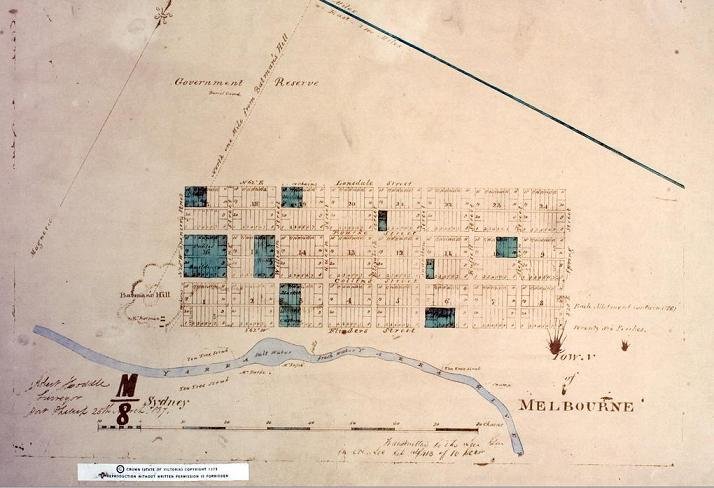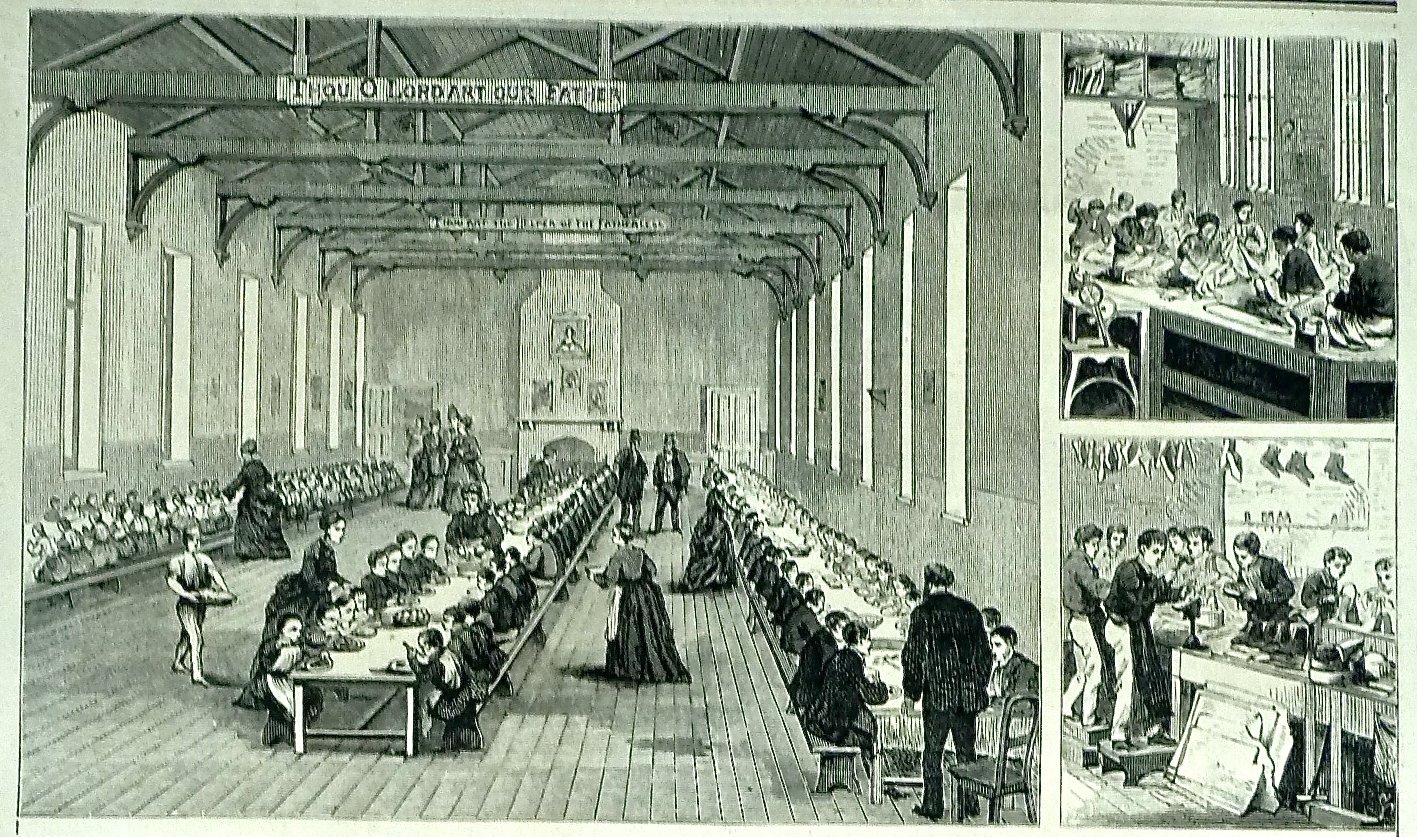A MELBOURNE HOUSE AND DAIRY
This was the first house in Melbourne I ever investigated and I was pretty excited, let me tell you!! It was a steep learning curve researching in a different state, mainly because I was missing that basic background knowledge of the history and development of the city, but also because the architecture of Melbourne is so different to that of Brisbane. Luckily, there were plenty of resources available online via the Public Record Office of Victoria and other sources, so I could still put together a very detailed history, even without leaving Queensland. I was also lucky enough to get in touch with descendants of previous owners, who sent me old photos of the house and their family! With its highly ornate exterior and Italianate features, this house is a wonderful example of a late-Victorian Melbourne residence and it survives remarkably intact. Incredibly, buildings associated with a small suburban dairy that operated on the site still survive at the rear of the property and provide an insight into supplying milk in the days before refrigeration.
This was the first house in Melbourne I ever investigated and I was pretty excited, let me tell you!! It was a steep learning curve researching in a different state, mainly because I was missing that basic background knowledge of the history and development of the city, but also because the architecture of Melbourne is so different to that of Brisbane. Luckily, there were plenty of resources available online via the Public Record Office of Victoria and other sources, so I could still put together a very detailed history, even without leaving Queensland. I was also lucky enough to get in touch with descendants of previous owners, who sent me old photos of the house and their family! With its highly ornate exterior and Italianate features, this house is a wonderful example of a late-Victorian Melbourne residence and it survives remarkably intact. Incredibly, buildings associated with a small suburban dairy that operated on the site still survive at the rear of the property and provide an insight into supplying milk in the days before refrigeration.
Robert Hoddle’s survey of the town of Melbourne in 1837
THE LAND
In 1869, nine and a half acres of newly-surveyed land was purchased by investors, financiers and developers, Mark Moss and Barnett Isaacs. They subdivided the land, laid out the streets and sold off parcels of various sizes. One of these parcels was purchased by William Edwards and his address (recorded on the Certificate of Title) immediately had me very intrigued!! His residence was given as "The Melbourne Orphan Asylum” at Emerald Hill. Well I simply HAD to find out more about that!
This institution was established to care for orphaned children under the age of fourteen. It was initially located in a building in Melbourne City, before the inmates were temporarily housed in tents at Kew. Shortly after this, in about 1856, a new building was constructed at Emerald Hill (now South Melbourne) and it was here that William Edwards was a head teacher for seventeen years. The orphanage operated from the Emerald Hill site until 1878, when it moved to Brighton North. It relocated again in 1883, this time to Windermere, Butler Street, Middle Brighton. From 1926 it was known as “Melbourne Orphanage” and continued to run right up until 1965.
Edwards never lived on the land he purchased from Moss and Isaacs and it remained vacant when his widow inherited it on his death in January 1876. Tragically, the couple's nine year old daughter, Laura, died only a day after her father. Although she never lived there, Alice Edwards owned the property for another 18 years.
Melbourne Orphan Asylum at Emerald Hill, c1874
THE HOUSE
John and Catherine Ashton purchased the property from Alice Edwards in April 1894. By 1895, John had built a house on his new land. This was a four bedroom house, which was likely a small dwelling at the rear of the land. Between 1895 and 1898, he built another, much grander house on the property and named it after his birthplace in Lancashire.
John and his youngest son, Charles Edward Ashton, established a dairy at the property shortly after they purchased it. In an era before refrigeration, milk could not be transported large distances and so had to be produced and delivered locally. This led to the establishment of independent, family-run businesses, where the dairyman and family also lived on the site. There were many of these types of operations in Melbourne during the late-nineteenth and early-twentieth centuries and they varied in size from just a few cows to much larger operations. The tradition continued well into the post-war years, until refrigerated transport became more widely available and there was a shift towards more efficient, large-scale industrial production.
At the rear of the house is a former stables building and it seems very likely that it is related to these early dairy operations on the site.
A suburban dairy farm in Melbourne in 1888.
The property remained in the Ashton family for many years, until Alfred Paynter purchased the house and land from them in August 1923. He and his wife, Annie, leased the house to Alfred Cobban and the dairy to their son-in-law, Linton Lethlean. Linton was married to Alfred and Annie's daughter, Olive. In addition to running the dairy at the subject house, he also ran another dairy at Clifton Hill.
Alfred died in 1927 and Annie inherited the house and land. She subsequently leased the house and dairy to a number of tenants over the years. After renting the property from Annie for at least seven years, Angus Lowdon purchased the property from the executors of her estate in June 1947. Angus had married Alice Victoria Heath in 1902 and the couple had seven children together over the next two decades.
Angus and Alice Lowdon. (Photographs courtesy of Bob Hughan)
Angus owned the property for almost thirty years and lived there for almost forty. During this period, Angus would have witnessed large changes in the dairy industry in Victoria. He would have been subjected to the tighter controls on the processing and supply of milk introduced the 1930s and would have watched on as there was an overall decline of small, independent local dairies as industrial scale dairy production became the standard.
An undated photo of the subject house, but likely taken during the Lowdon family's long period of ownership.
A photo of Angus and Alice’s youngest son, Frank, taken in front of their house after returning from the Second World War. Note the sign for the dairy behind him. (Photograph courtesy of Bob Hughan)
Angus passed away on 11 August 1976 and in January of the following year, his property was transferred to his children, Charles Angus Lowdon, William Albert Lowdon and Alice Dalton. They sold the property almost immediately and after over eighty years, the operation of a dairy on the site came to an end. Traces of the site's former use remain to this day however, including a large, two-storied building at the rear and old, faded signage on its exterior.
Faded signage on the dairy building at the rear of the house.
NOTES
This is only an extract from the full history I uncovered for this house. References citing the sources of the information contained in this report have been omitted from this online version to make it easier to read. Some images and maps have also been cropped to show details more clearly. Please contact me if you would the details of any references, or if you want to know where to find the full size versions of the images and maps.
Want me to uncover the story of YOUR house?
I research the history of houses all over Australia. What secrets will your home have to tell??
View more information on my packages and prices here
Read more about some other houses that I have researched here
Get in touch with me here
You can also follow my research discoveries, history and adventures on Facebook, Instagram and YouTube









